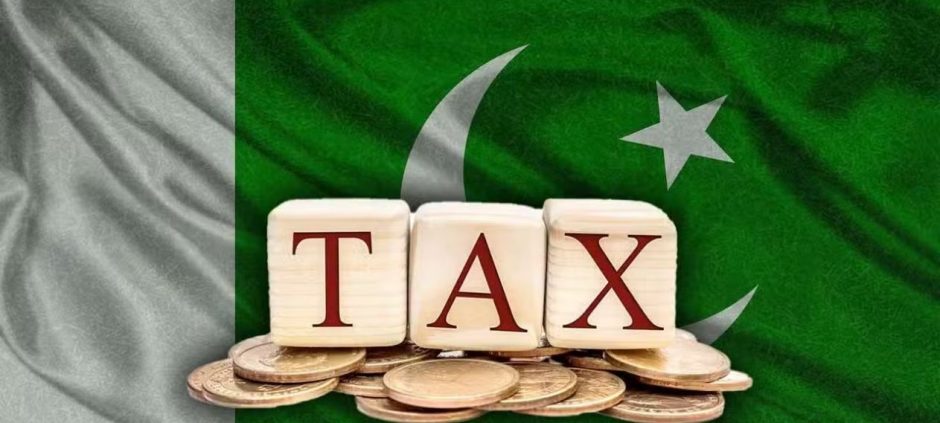The government has released the Expenditure Report 2025, showing that data from more than 80 organizations was used to calculate the cost of tax exemptions. The report highlights the extensive collaboration between federal and provincial institutions, along with private organizations, to ensure accuracy.
According to the document, sales tax and customs duty estimates were prepared using the Federal Board of Revenue’s (FBR) official database, PRAL. However, the income tax data in FBR’s system had limitations. To overcome this, additional records were obtained from field offices and other sources.
The Expenditure Report also notes that provincial data played an important role. The Boards of Revenue of Punjab, Sindh, Khyber Pakhtunkhwa, and Balochistan, along with the Accountant Generals of all provinces, contributed significantly to the calculations.
Beyond government departments, several private and semi-government entities provided vital information. These included commercial banks, health insurance companies, pension funds, provident funds, and real estate investment trusts. Large state institutions such as the State Bank of Pakistan, Securities and Exchange Commission of Pakistan, Pakistan Telecommunication Authority, and Oil and Gas Development Company Limited were also key contributors.
Development bodies and industry associations added their input as well. Among them were the Pakistan Stock Exchange, Export Processing Zones Authority, Engineering Development Board, and various chambers of commerce. This broad data collection ensured that the report reflects both public and private perspectives.
Officials said the wide scope of data sources makes the Expenditure Report a reliable tool for policymakers. It helps in understanding the true cost of tax exemptions and their impact on the economy.
The findings are expected to guide the government in reviewing existing exemptions and in planning future tax policies to expand the tax base.
In other related news also read income tax return deadline for 2025











